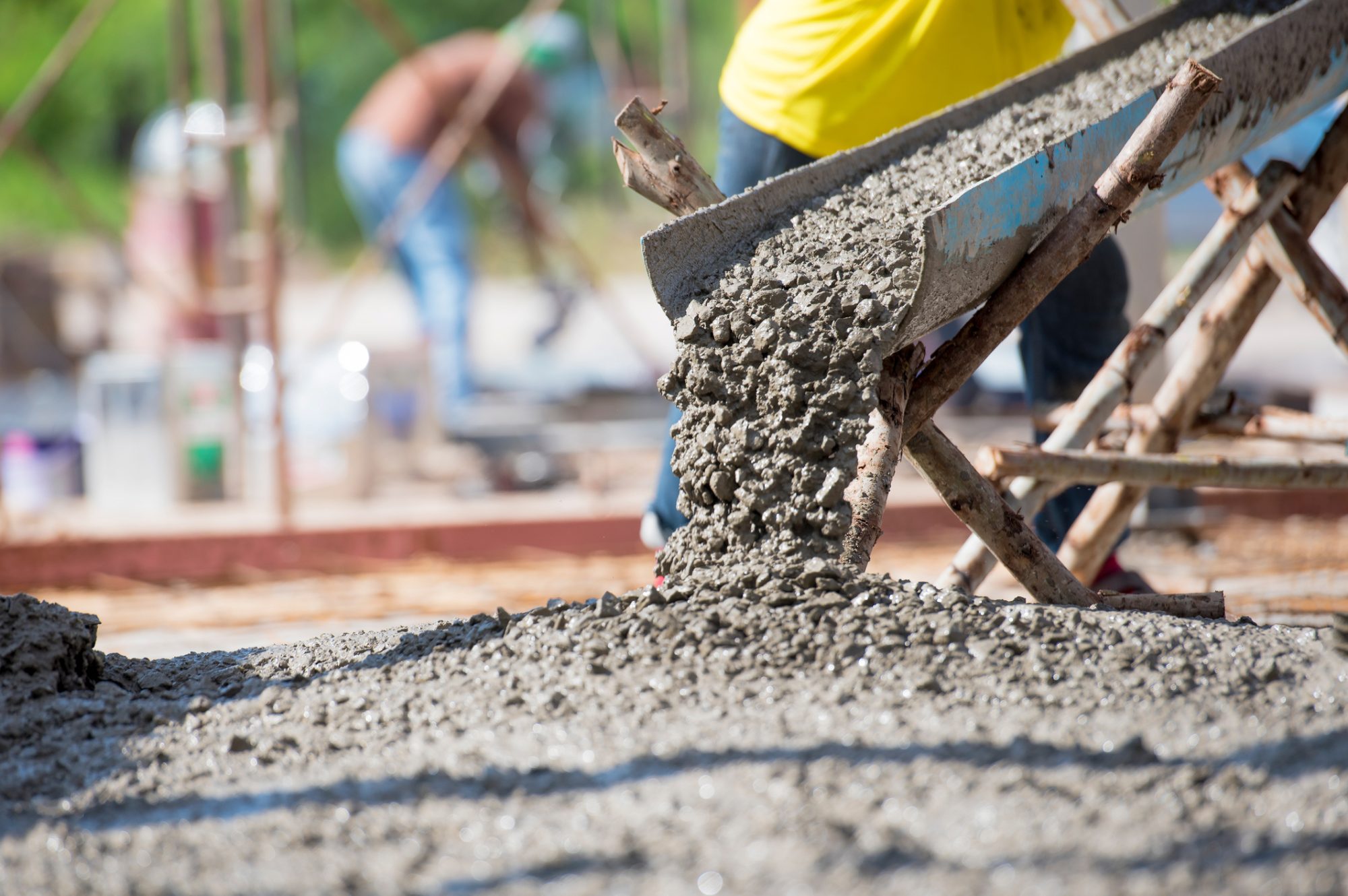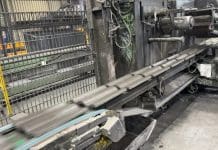A new report has found that using waste such as clay and brick dust in cement production can reduce embodied carbon by up to 3%
A two-year study led by the Mineral Products Association, with funding from Innovate UK, has demonstrated that using brick dust in cement, as well as other waste materials, can reduce the embodied carbon content.
The waste material is used as calcined clay in the process, potentially diverting 1.4m tonnes of waste material to the cement industry.
Using brick dust in cement will lower carbon emissions
Some of the most popular materials to use for lowering cement’s carbon content is fly ash and ground granulated blast-furnace slag (GGBS). These materials are waste products from the steel industry.
However, concerns grow as the steel industry also decarbonises, lowering the output of these waste materials and making them a diminishing resource.
Using reclaimed clay and brick dust in cement is a better alternative in terms of supply, as clay is a naturally abundant product across the UK.
The project will innovate for a lower-carbon future
This project marks the first time that calcined clay has been used in cement production in the UK.
During the project, two heating methods were tested, flash heating and rotary kilns. Both methods produced high-quality calcined clays, and there were negligible differences, meaning that either can be employed at cement production facilities depending on that facility’s needs.
This development represents one of the seven levers in MPA UK Concrete’s Roadmap to Beyond Net Zero, the plan for the company to take cement and concrete production to net zero.
MPA’s director Diana Casey said: “Using brick waste and reclaimed clays will not only lower carbon and reduce waste but has the potential to create a whole new market if these clays become widely used in the construction industry, helping to retain economic value in the UK, secure jobs and attract investment.”














